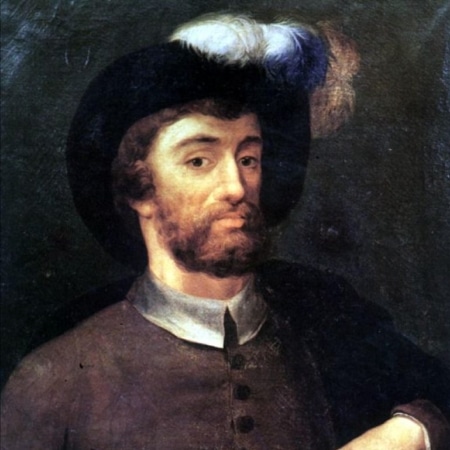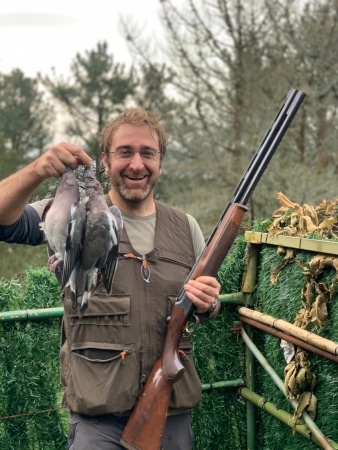Elkano from Getaria is the most universal Basque sailor
This is the story of the Spanish expedition that in 1519 left Seville for the Spice Islands in the Moluccas. The difficulty of the voyage is that they would reach their destination sailing westward, since Portugal controlled navigation in Africa and the Indian Ocean. It was an expedition led by Magellan and composed of 5 ships and 235 men. The crew was composed of men of all nationalities: Portuguese, French, English, Germans, Greeks… among them was the experienced Basque sailor Juan Sebastian Elkano. Elkano would take command of the expedition after Magellan’s death in the Philippine islands at the hands of the natives. Elkano’s decision to return to Spain through the west and not to retrace his steps was what made them complete the first round-the-world voyage. In 1522 only 18 men and one ship, La Nao Victoria, arrived in Seville, commanded by the Basque sailor Juan Sebastian Elkano. The first round-the-world sailing had been completed, the first round-the-world voyage that happened to be round. This fact today is comparable to the first trip to the moon and was a revolution in all aspects.
Timeline
1519
The expedition departs from San Lucar de Brrameda near Seville on September 20.
On September 26th they reach Tenerife in the Canary Islands. On October 3rd they continue their voyage to Cape Verde and Sierra Leone, starting from there the crossing of the Atlantic Ocean. On November 29th they reach the coast of Brazil and stop in Santa Lucia, what is now Rio de Janeiro.
1520
On January 12 they reach the estuary of La Plata but it is not the passage they are looking for, but the longed-for passage to the Pacific Ocean.
March 31 arrival at Puerto San Julian, south of Patagonia; Magellan decides to spend the winter there.
May 3 The Nao Santiago sinks while exploring a river.
October 21 they find the entrance to the strait and begin their voyage. A few days later the Nao San Antonio abandons the expedition and arrives in Seville in May 1521.
November 28th they manage to leave the strait with the fleet reduced to 3 ships and begin the navigation through the Pacific Ocean. It will be 3 months of suffering, hunger, thirst and diseases.
1521
March 6 they reach the Mariana Islands and are able to make landfall.
March 16 arrives at the Philippine Islands, Magellan tries to Christianize the locals, thus breaking the agreements with the king.
April 7 arrival at Cebu. Magellan gets involved in local fighting and dies along with several men in a battle on April 27. Other violent episodes will follow in Cebu.
July 8, arrival in Borneo from where they leave on July 29. Still searching for the Moluccas with only 2 ships on this uncertain route, on September 16, 1521 Elkano is elected captain of the Nao Victoria.
November 8: two years and two months after leaving Seville they reach the Moluccas, the original destination of the expedition.
December 21: the nao Trinidad must stay in Tidore for repairs. Elkano begins the return voyage, but by the western route, which he considers more efficient. The first round-the-world voyage is therefore a consequence of Elkano’s decision.
1522
January 25 stopover in Timor, from where they start on February 11 a solo crossing of the Indian Ocean, without stopovers, which will last several months.
May 19 they pass the Cape of Good Hope after a month and a half of efforts to reach it.
July 9, they call at the Cape Verde Islands after 5 months without touching land. They are Portuguese islands so do not say they come from the Spice Islands. They are discovered and some crew members are captured, the rest manage to flee to Spain.
On September 6th they arrive in Sanlucar de Barrameda and in Seville on September 8th, 3 years after their departure. Only one ship and 18 men remain of the 235 that left Seville. Four of those men are Basques: Juan Sebastian Elkano from Guetaria, captain of the Nao Victoria. Juan Acurio, from Bermeo. Juan Arratia from Bilbao. Juan Zubileta from Barakaldo.














